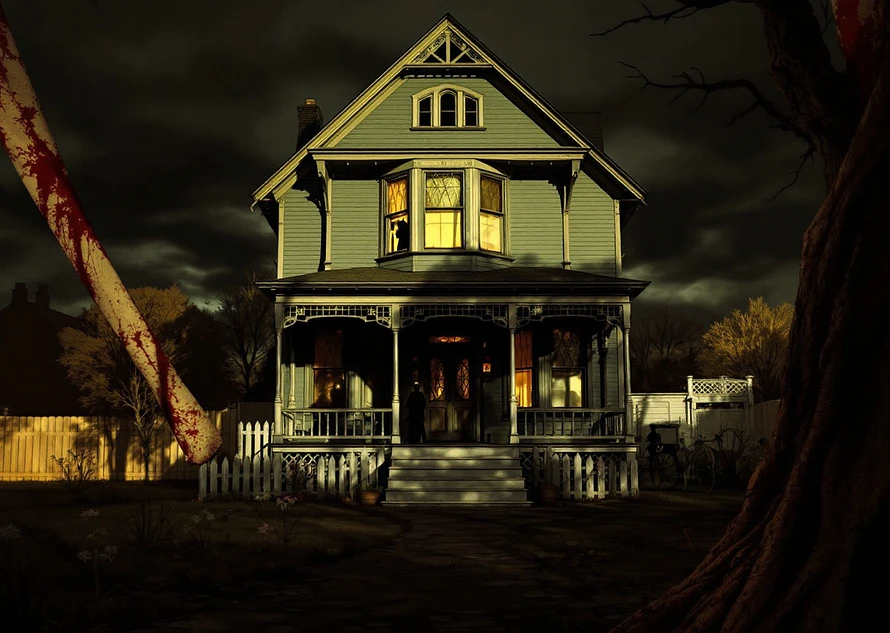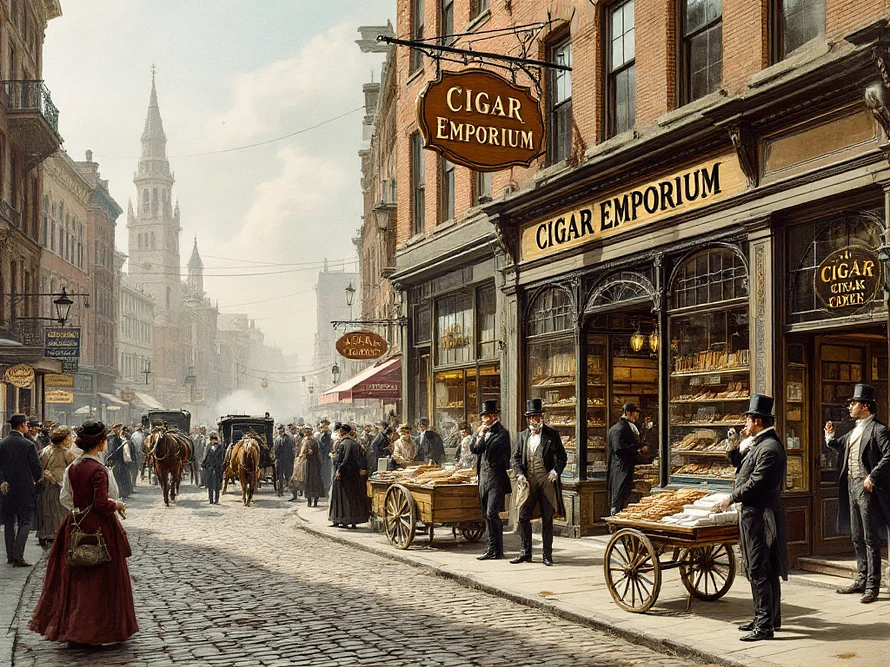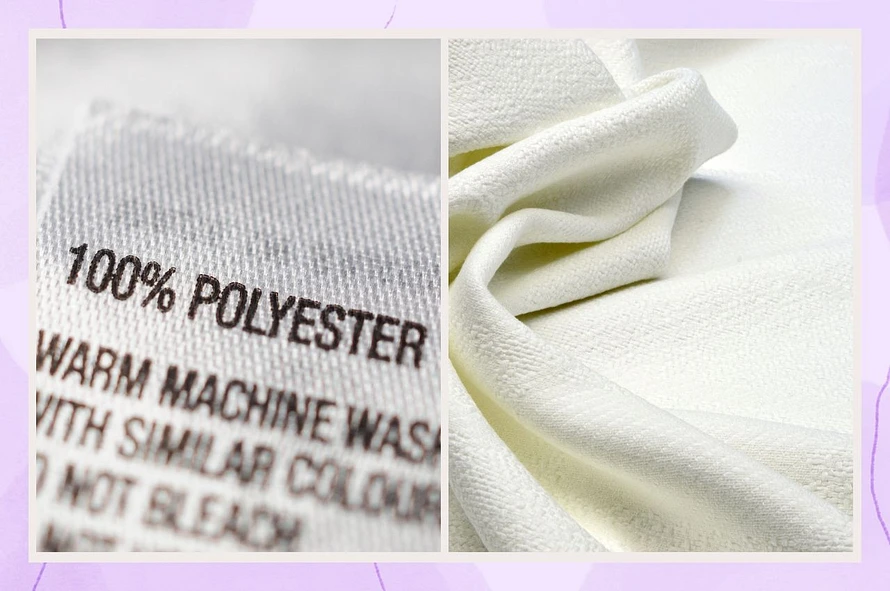H.H. Holmes: America’s First Serial Killer and the Nightmare of the Murder Castle
Image source: https://ournewenglandlegends.com/podcast-317-the-birth-of-americas-first-serial-killer/
The tale of H.H. Holmes is one of America’s darkest and most disturbing chapters. Born Herman Webster Mudgett, Holmes built a labyrinthine building in 1890s Chicago, infamously dubbed the “Murder Castle.” Behind its walls of hidden passages, trapdoors, and concealed chambers, he lured unsuspecting victims, weaving together charm, fraud, and cold-blooded murder. By the time of his execution in 1896, Holmes had confessed to 27 killings, though historians estimate his true death toll ranged anywhere from 20 to 200. His twisted legacy remains one of the most chilling in American true crime.
Who Was H.H. Holmes?
Herman Webster Mudgett, born around May 16, 1861, was no ordinary man. He combined medical training with a con artist’s cunning, reinventing himself as Dr. Henry Howard Holmes. During the 1893 World’s Columbian Exposition, Holmes operated his Murder Castle - a macabre blend of hotel, pharmacy, and death trap. Beyond murder, he was a master of fraud and deception, committing bigamy, orchestrating insurance scams, and manipulating those who trusted him. Arrested in November 1894, Holmes’ charm could no longer mask his crimes, and his own confessions sealed his reputation as America’s first serial killer.
Early Life and Education
Holmes grew up in Gilmanton, New Hampshire, where his intelligence stood out from an early age. Beneath this respectable facade, however, darker impulses emerged. At the University of Michigan’s medical school, he reportedly dissected animals, stole cadavers, and used them in grisly insurance schemes. Rumors circulated that he may have caused the death of a friend during this period, foreshadowing the predatory instincts that would later escalate into murder.
The Criminal Empire
Holmes’ crimes extended far beyond homicide. His schemes included bigamy, financial fraud, and elaborate deception. After acquiring a Chicago pharmacy - under suspicious circumstances - he constructed his infamous three-story building. With its secret passages, windowless rooms, and basement kiln, the “Murder Castle” became a machine of terror. During the 1893 World’s Fair, fairgoers, employees, and young women drawn to Holmes’ charm checked in, and many never checked out.
The Pitezel Scheme
Among Holmes’ most infamous plots was his partnership with Benjamin Pitezel. The plan was simple: fake Pitezel’s death for a $10,000 insurance payout. But Holmes double-crossed his partner, murdering him instead. Even more horrifying, he convinced Pitezel’s widow to entrust three of her children to his care. All three were later found dead. This shocking betrayal, coupled with testimony from outlaw Marion Hedgepeth, cemented Holmes’ downfall.
The Murder Castle
The Murder Castle was unlike any building in Chicago. Holmes designed it with endless corridors, stairways to nowhere, doors that opened onto brick walls, and hidden chambers for surveillance and control. Chutes funneled bodies directly to the basement, where a kiln and vats allegedly helped dispose of remains. Though accounts of its horrors vary, investigators uncovered evidence of charred bones, surgical instruments, and human remains, horrid reminders of the atrocities committed within.
Victims and Methods
Holmes’ victims were often women he seduced or employees lured by promises of work. Engagements ended in mysterious disappearances, and guests vanished without a trace. His methods ranged from poison and chloroform to asphyxiation and staged accidents. While Holmes admitted to 27 murders, the true number remains uncertain due to poor recordkeeping and sensationalized reporting of the era. Some investigators believe the toll could be in the hundreds.
Capture and Conviction
Holmes’ elaborate schemes unraveled in 1894 after Marion Hedgepeth exposed his insurance fraud. Investigators soon linked him to the Pitezel murder and the disappearance of Pitezel’s children. Arrested under the alias H.M. Howard, Holmes was tried in Philadelphia in 1895. The jury was presented with bone fragments, charred remains, fraudulent insurance paperwork, and damning witness testimony. Convicted of murder, Holmes was sentenced to death.
Execution and Confessions
On May 7, 1896, Holmes was hanged in Philadelphia at the age of 34. Even in his final days, he played with truth and deception, offering contradictory confessions. In one instance, he admitted to 27 murders; in another, he claimed innocence. These shifting accounts have left historians debating the true scale of his crimes to this day.
Cultural Legacy
Holmes’ story has captivated generations, blending fact with myth. His crimes gained renewed attention with Erik Larson’s 2003 best-seller The Devil in the White City, which juxtaposed Holmes’ atrocities with the grandeur of the 1893 World’s Fair. The book sparked decades of interest in Hollywood, with figures like Leonardo DiCaprio, Martin Scorsese, and Keanu Reeves attached to screen adaptations. While a Hulu series ultimately collapsed in 2023, Holmes’ legacy remains firmly embedded in American culture.
Conclusion
H.H. Holmes was more than a conman or fraudster. He was a master manipulator who turned a building into a killing machine. His Murder Castle and the Pitezel case exposed the vulnerabilities of 19th-century law enforcement, highlighting how charm and deception could mask monstrous intent. Over a century later, his crimes remain a haunting reminder of calculated evil and a story that continues to terrify and fascinate.














